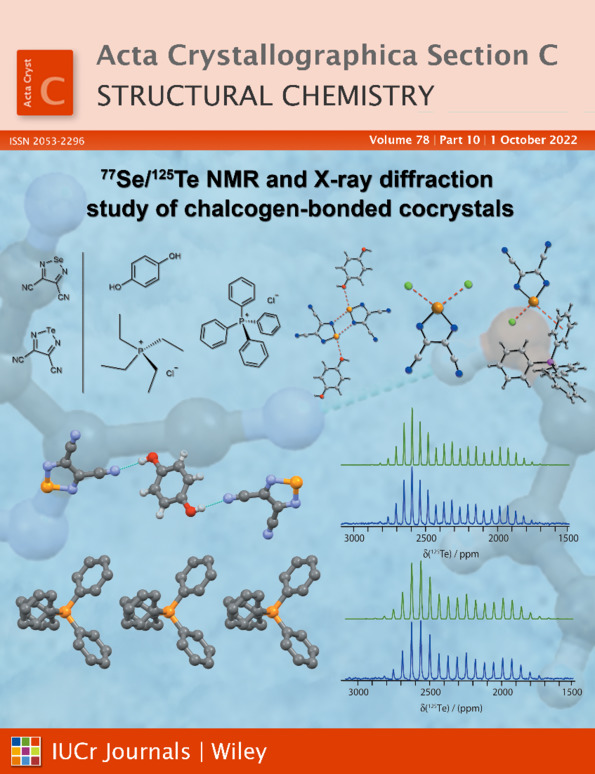Chemical characterization, absolute configuration and optical purity of (1S)-(+)- and (1R)-(–)-10-camphorsulfonic acid
Abstract
Comprehensive chemical characterization for two isomers of camphorsulfonic acid (CSA), occasionally used in the manufacture of active pharmaceutical ingredients (APIs), was performed by nuclear magnetic resonance (NMR) spectroscopy, high-resolution mass spectroscopy in negative electrospray ionization mode and gas chromatography/mass spectrometry (GC/MS) in electron ionization mode. Electronic circular dichroism (ECD) spectra together with quantum chemical calculations using time-dependent density functional theory (TD-DFT) were used to assign the stereochemistry for CSA for the first time and these assignments were then confirmed by single-crystal X-ray diffraction. As crystals were grown under the same conditions of high supersaturation using a mixed solvent without water removal, the crystal structures of the two enantiomers contained one ordered molecule of water in the asymmetric unit. The crystals of the (+)-enantiomer have a 1S,4R configuration and the H atom of the sulfonic acid group combines with the water molecule to form a hydronium ion, namely, hydronium (1S,4R)-(7,7-dimethyl-2-oxobicyclo[2.2.1]heptan-1-yl)methanesulfonate, H3O+·C10H15O4S−. The crystals of the (−)-enantiomer have a 1R,4S configuration. The determination of the optical purity of CSA using NMR spectroscopy with a chiral solvating agent, (1R,2R)-1,2-diphenylethane-1,2-diamine, and GC/MS with a chiral column has been well explored. The results showed that the examined samples of these two isomers of CSA proved to be enantiomerically pure. In particular, for (1R)-(−)-10-camphorsulfonic acid, this is, to our knowledge, the first description on its spectral characterization in a scientific context.




